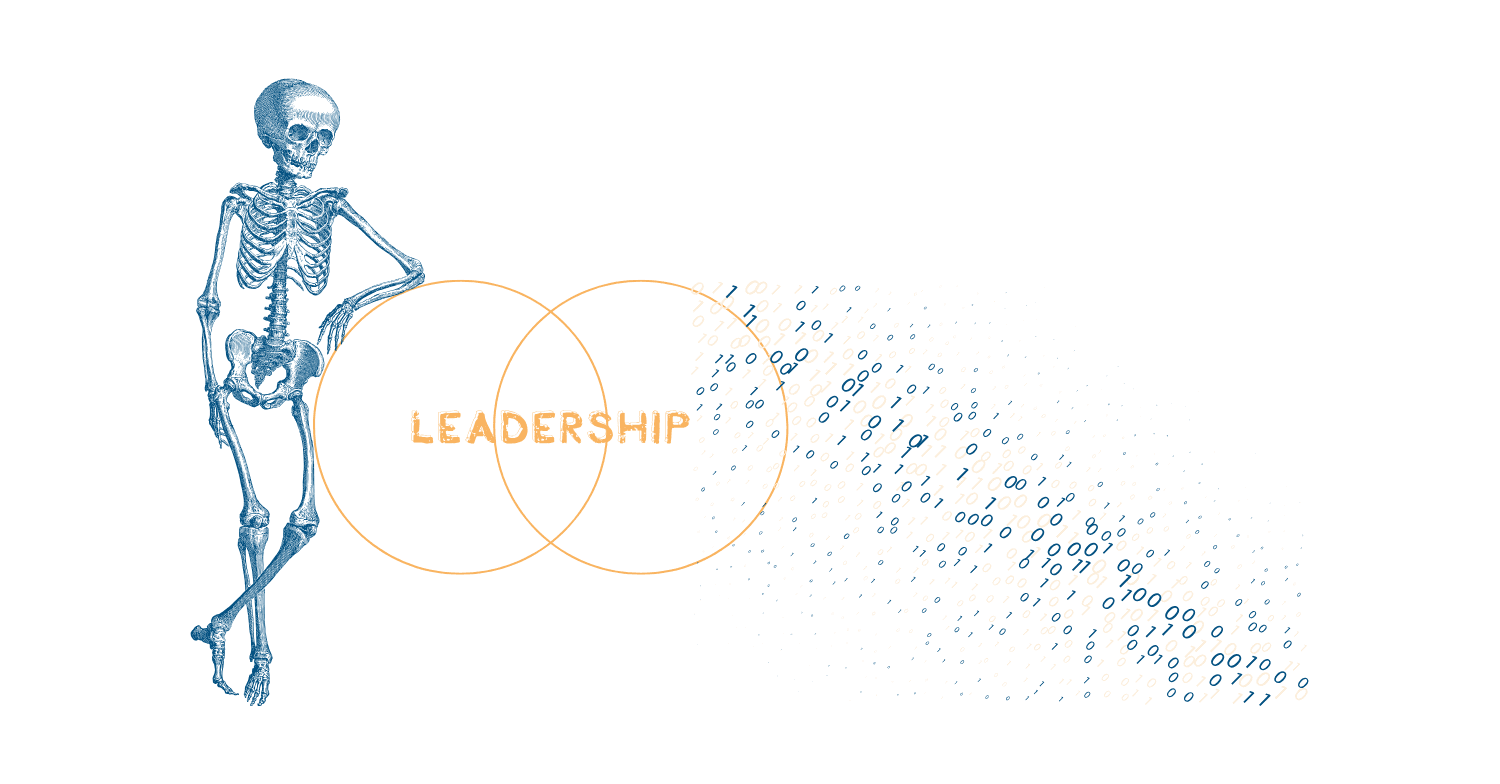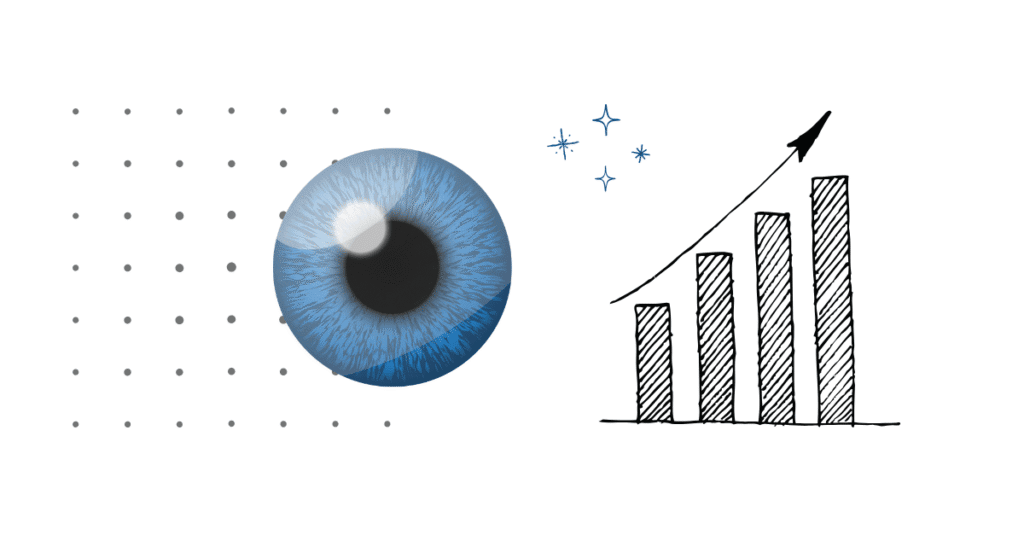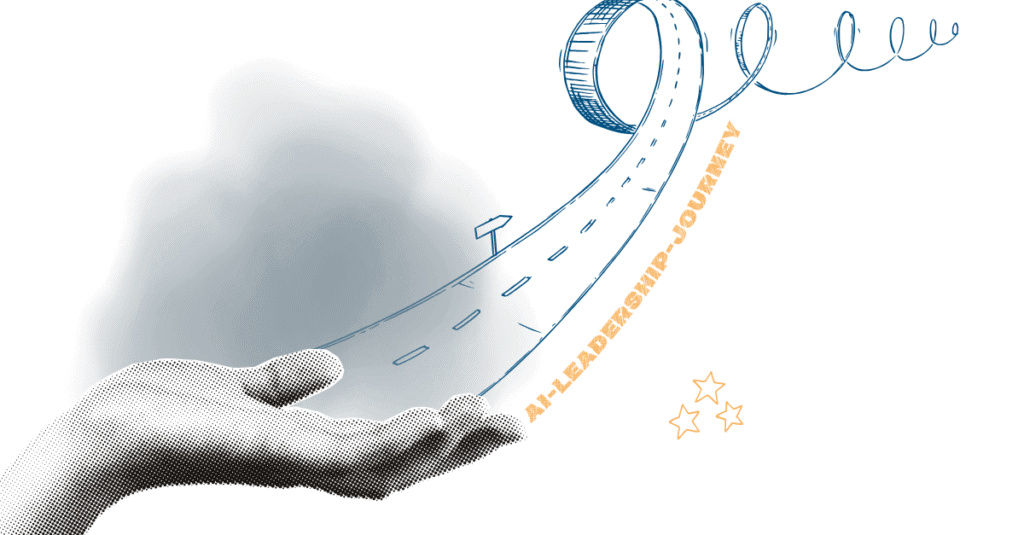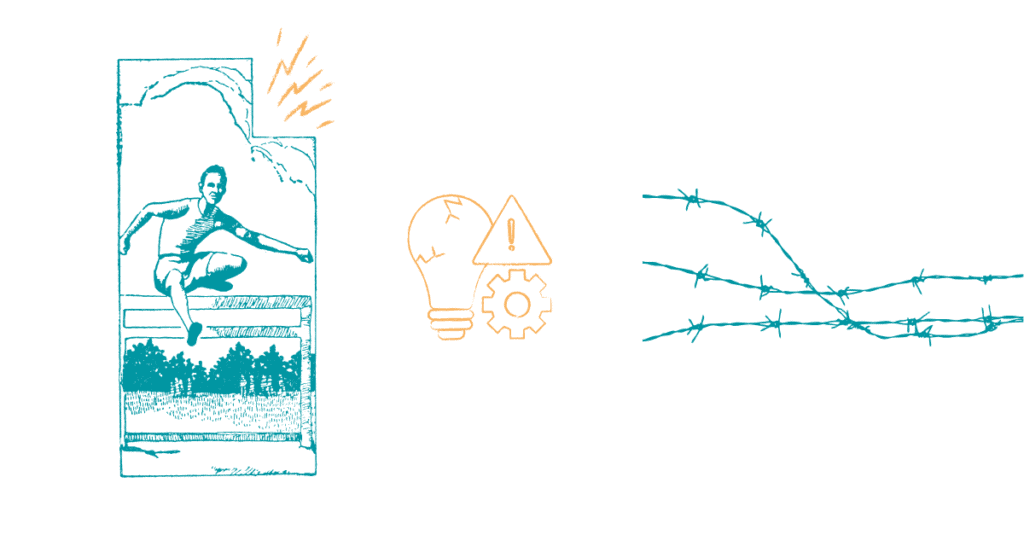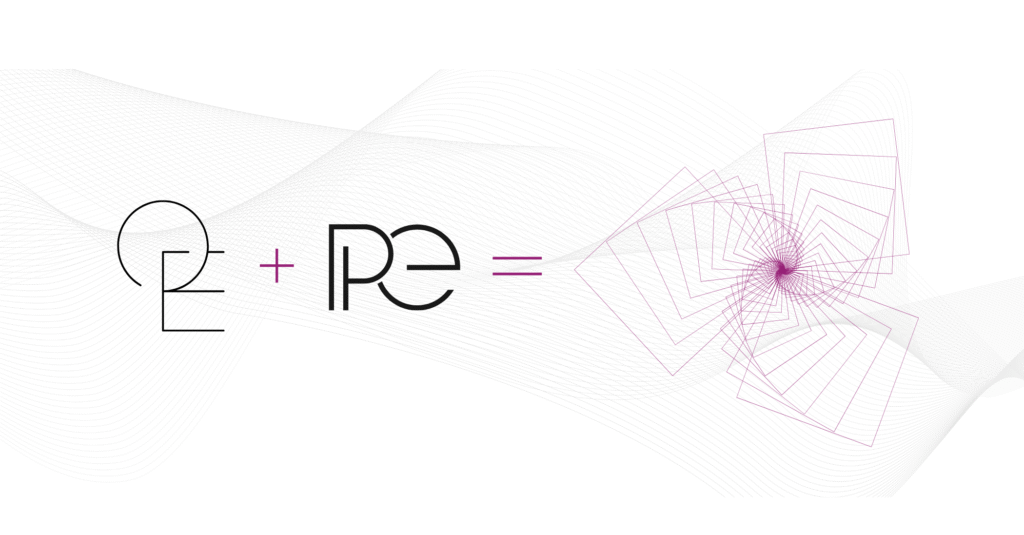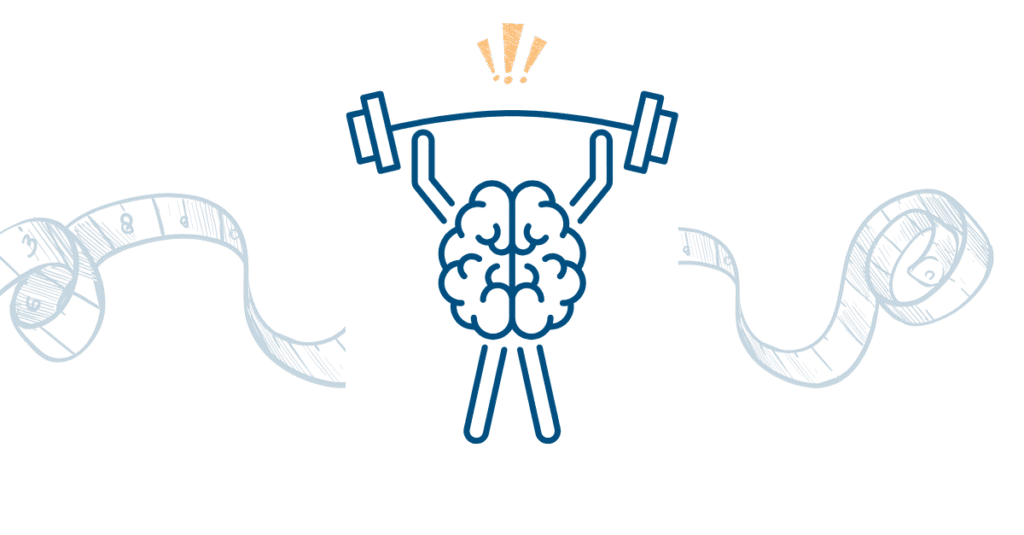Artificial intelligence is transforming leadership – but not replacing it. Discover why humans remain at the center and how you, as a leader, can actively shape the connection between AI and humanity.
AI Meets Human – A New Leadership Reality
Artificial intelligence is not only transforming technologies, processes, and business models – it’s transforming us. Leaders, in particular, face a new reality: where experience, intuition, and clear directives once prevailed, today’s environment demands data-driven decisions, algorithmic recommendations, and autonomous systems.
But what does this mean for you as a leader? Will you be managing machines in the future – or reinventing yourself? And how can you not only preserve but consciously foster human strengths in an increasingly digital context?
The fact is: collaboration between humans and AI is no longer a vision of the future. It’s already happening – daily, in meetings, during strategic decisions, and in team routines. Today’s leaders need a deep understanding of both sides: the possibilities of intelligent systems and the irreplaceable qualities of the human mind.
Where Artificial Intelligence Stands Today – and What It (Still) Can’t Do
Artificial intelligence is far more than just a buzzword. It writes texts, analyzes markets, prioritizes job applications, and creates business plans at the click of a button. Language models, image generators, decision-making algorithms – these are no longer futuristic concepts but part of our leadership reality.
Yet despite these advances, a crucial question remains: What exactly can AI do? And where are its limits?
Strengths of AI
AI excels in handling large amounts of data, recognizing patterns, and operating at incredible speed. It analyzes millions of datasets in seconds, draws correlations, and suggests courses of action – often more objectively and faster than humans ever could. This can lead to enormous efficiency gains in day-to-day operations.
But: AI is not intelligence in the human sense.
It does not understand, feel, grapple with ethical dilemmas, show intuition, or take responsibility. Its knowledge is based on historical data – not on future visions or situational sensitivity.
Limits of AI
AI cannot build genuine relationships, create a creative vision, or interpret complex social dynamics within a team. It operates on probabilities – not on interpersonal understanding and social competence.
For you as a leader, this means: AI can support – but not lead. It provides input – but not values. It doesn’t replace personality; instead, it requires even more of it.
In a world where machines are increasingly taking over tasks, the value of human qualities grows. The art lies in recognizing both – and skillfully combining them.

Human and Machine: What Leadership Really Means Today
The more powerful technology becomes, the more important the human element in leadership grows. Amid algorithms, dashboards, and automated processes, one constant remains: people follow people – not machines.
Modern leadership is about more than control. It’s about mindset, direction, and meaning. Where predictability once mattered, adaptability is now key. Where control dominated, trust and dialogue are now essential. And while decisions are increasingly made in collaboration with systems, responsibility still rests with humans.
Your role as a leader is fundamentally changing.
You are no longer just a decision-maker but above all an enabler. You provide direction, create space, foster creativity, and ensure emotional safety. You are a culture carrier and bridge-builder – especially when technology introduces new uncertainties.
What matters now are human skills:
- Empathy: Understanding what drives people.
- Communication: Leading clearly, openly, and honestly – even in ambiguity.
- Creativity: Thinking beyond the logic of machines.
- Ethics: Not just making decisions, but taking responsibility for them.
These abilities cannot be delegated. Not to an app, not to a system – and not to an advisory board. They are what make you indispensable as a leader in the AI era.
AI is changing leadership – but humans remain its heart. The question isn’t whether this will continue. The question is how you will actively cultivate this strength.
AI as the Co-Pilot for Leaders
Artificial intelligence is not an adversary. Used wisely, it is a strategic sparring partner – a co-pilot that supports leadership without replacing it.
Imagine:
- An AI system analyzes team sentiment based on internal communications.
- It detects early patterns in customer feedback or employee satisfaction.
- It provides impulses for your decision-making – and highlights blind spots you might have missed.
This isn’t science fiction. It’s the lived reality in organizations that are ready to see AI as a tool – not a threat. The key principle: lead technology – don’t let it lead you.
Three areas where AI already supports leaders today:
- Decision Preparation:
AI can sift through vast amounts of data, recognize patterns, and offer suggestions. It doesn’t make decisions – but it prepares them intelligently. - Routine Automation:
Meeting summaries, scheduling, email categorization – tasks that drain your time can often be handled faster and more reliably by AI. - Strategic Sparring:
Through scenario analyses, market comparisons, or innovation monitoring, AI can open new perspectives – acting as a data-driven discussion partner in strategic conversations.
But one thing remains crucial: you stay in control.
Only those with a clear value system and a deep understanding of AI’s potential and limits can lead effectively. Leadership won’t become easier – but perhaps more impactful.
The art lies in not seeing technology as a cure-all – but as an extension of your own capabilities. AI is the co-pilot. You are the captain.
Receive exclusive thought leadership and practical tools on a regular basis on the topics of digital evolution, cultural change, sustainability, resilience, mindfulness and the design of new working environments.
A New Leadership Culture: Trust, Transparency, and a Willingness to Learn
Technology doesn’t just change tools – it changes culture. And culture, in turn, determines how effectively humans and AI can collaborate in an organization.
If you want to integrate AI into your organization, you need more than technical infrastructure. You need trust.
Trust that decisions are understandable – even when algorithms prepare them. Trust that mistakes are viewed as learning opportunities – not as flaws. And trust that your people feel seen, heard, and needed in an increasingly automated world.
The foundation of this new leadership culture:
- Transparency:
Make it clear how AI systems arrive at results. Ensure clarity about when a machine decides – and when a human does. - Willingness to Learn:
Technology evolves quickly. Leaders and teams must be ready to continuously learn, reflect, and adapt – including in partnership with AI. - Tolerance for Mistakes:
Innovation requires a culture that handles errors constructively, fostering both trust and progress. - Participation:
Actively involve your teams in the transformation. Those who help shape change develop ownership – and meet it with openness instead of resistance.
AI challenges us to rethink leadership. Away from “command & control” – toward a leadership mindset based on self-organization, empowerment, and psychological safety.
This requires courage. And conviction.
But therein lies your opportunity: to create a culture where humans and machines don’t compete – but grow together.
Future Skills: What Leaders Need to Learn Now
Integrating AI into organizations requires more than technical understanding – it calls for a profound shift in leadership competencies. To lead in the digital age, you need more than strategic thinking and business acumen: you need future skills.
What’s involved?
Digital Literacy
You don’t need to be able to code – but you must understand how AI works. What can it do? Where are the risks? What ethical questions arise? Those who want to participate in future discussions and decisions must at least speak the language of technology.
Critical Thinking
Not every data-driven recommendation is automatically sound. Leadership means evaluating, questioning, and contextualizing information – especially when systems unreflectively present correlations as causations.
Ethical Judgment
With AI comes greater responsibility. Decisions may become faster – but not inherently better. Clear ethical frameworks, a sense of accountability, and a stance on issues like data privacy, fairness, and inclusion are essential.
Resilience & Self-Leadership
The working world is becoming increasingly unpredictable. Leaders who can manage themselves, navigate complexity, and avoid dramatizing uncertainty provide stability to their teams. Coaching, supervision, or sparring are not signs of weakness – but hallmarks of modern professionalism.
triangility supports you in exactly this.
With leadership coaching, training programs, and practical insights, we help you develop the skills needed to navigate confidently in the interplay of AI and humanity.
Because one thing is certain: the future can’t be predicted. But it can be shaped – by people willing to keep evolving.
Human Intelligence and Artificial Intelligence = Shaping the Future
Artificial intelligence is changing the rules of the game. But it isn’t writing the script – that’s your job. Leadership in the age of AI doesn’t mean giving up control; it means taking on new forms of responsibility. It’s about connecting technology with humanity and creating spaces where both can reach their full potential.
Key Takeaways at a Glance:
- AI can do a lot – but not everything. It provides data, not meaning. Decisions, not direction.
- Humans remain central. Empathy, creativity, and ethical reflection are irreplaceable.
- Leadership must evolve. From control thinking to trust, transparency, and a learning culture.
- Future skills are essential. Digital literacy, self-leadership, and critical thinking are not “nice-to-haves” – they’re leadership essentials.
- AI is not an adversary but a co-pilot. Leaders who integrate it wisely lead not less – but more consciously.
triangility supports you on this journey.
As a sparring partner, source of inspiration, and development guide for a new kind of leadership. For people who don’t fear technology – but want to shape it.
Make your leadership future-ready.
Let’s bring the connection between AI and humanity to life together.

Core principles, competences and practices for modern leadership.

